
The medieval Easter ceremony where women weep silently
An unusual, almost disturbing spectacle takes place every Good Friday in Romont, a small medieval town in the Swiss canton of Fribourg. Women dressed entirely in black mourn the death of Christ.
Modern Western theatre has its origins in the Medieval mystery plays, where episodes from the Bible were enacted to help people understand them, and part of this tradition can still be found in Romont on Good Friday. The oldest references to this Easter ceremony date back to 1456.
The weeping women of Romont recall the women of Jerusalem who accompanied Christ on his ascent to Golgotha to be crucified there. The ceremony takes place in and around Romont’s main church.
The sequence of events is unchanging. According to tradition, people pretend the church bells have gone to Rome just before Easter, and they use traditional rattle-like instruments to call people to Good Friday Mass at 3 pm. The ceremony starts like in any other church with the reading of the Passion according to Saint John.
But when the Way of the Cross is mentioned, the ceremony in Romont becomes different. Between ten and fifteen women dressed entirely in black then leave the church and begin a small procession around the building. A hooded man carrying a cross and symbolising Christ is followed by a single woman embodying the Virgin, then the group of weeping women, priests, choirboys and finally the congregation.
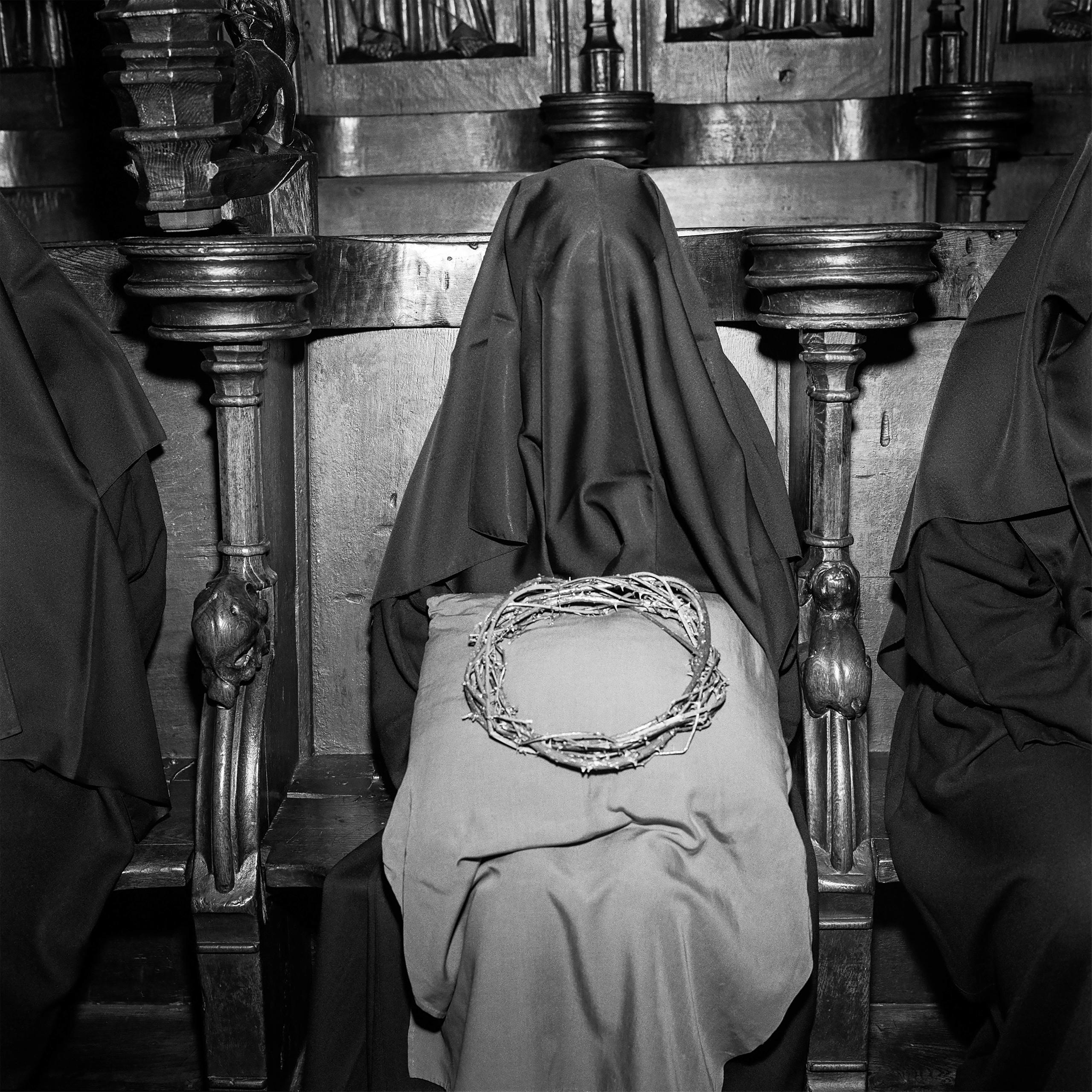
The weeping women carry on red cushions different objects symbolising the Passion of Christ, such as a hammer, nails, crown of thorns and a whip. One of them also wears a white cloth printed with the head of Christ. Catholics recognize her as St. Veronica, who is said to have wiped Jesus’ face with a cloth. Once the various Stations of the Cross have been completed, the assembly returns to the church to complete the Good Friday ceremony.
The weeping women maintain absolute silence, so as to preserve the sacred nature of the ceremony and not transform it into a play. Their anonymity is also strictly respected. We know only that these are young women of Romont.
This custom almost disappeared in the 1970s, but today it is more alive than ever. However, it is now almost as much a tourist attraction as a religious ceremony, as evidenced by the large number of journalists and amateur photographers present each year.






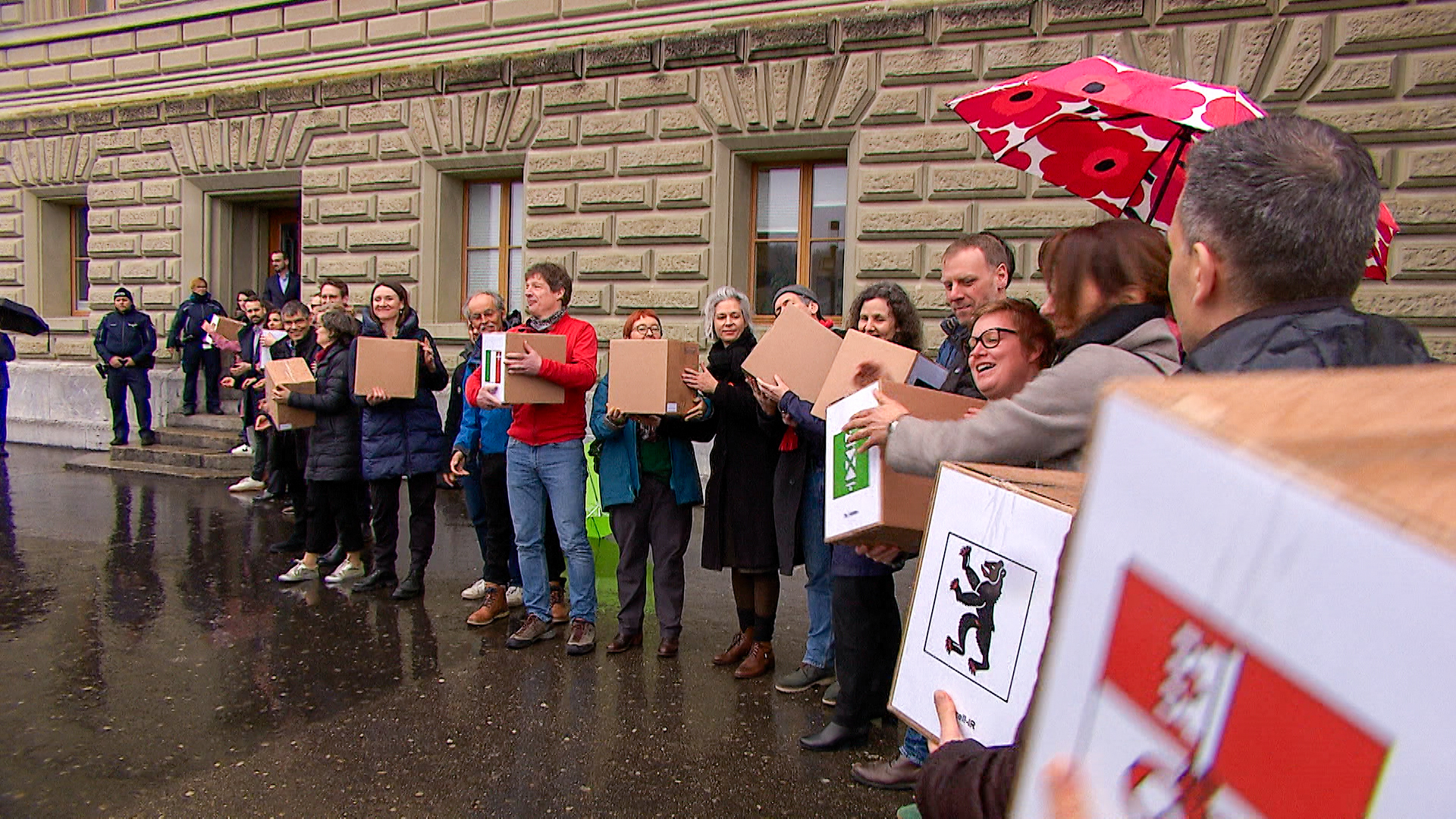







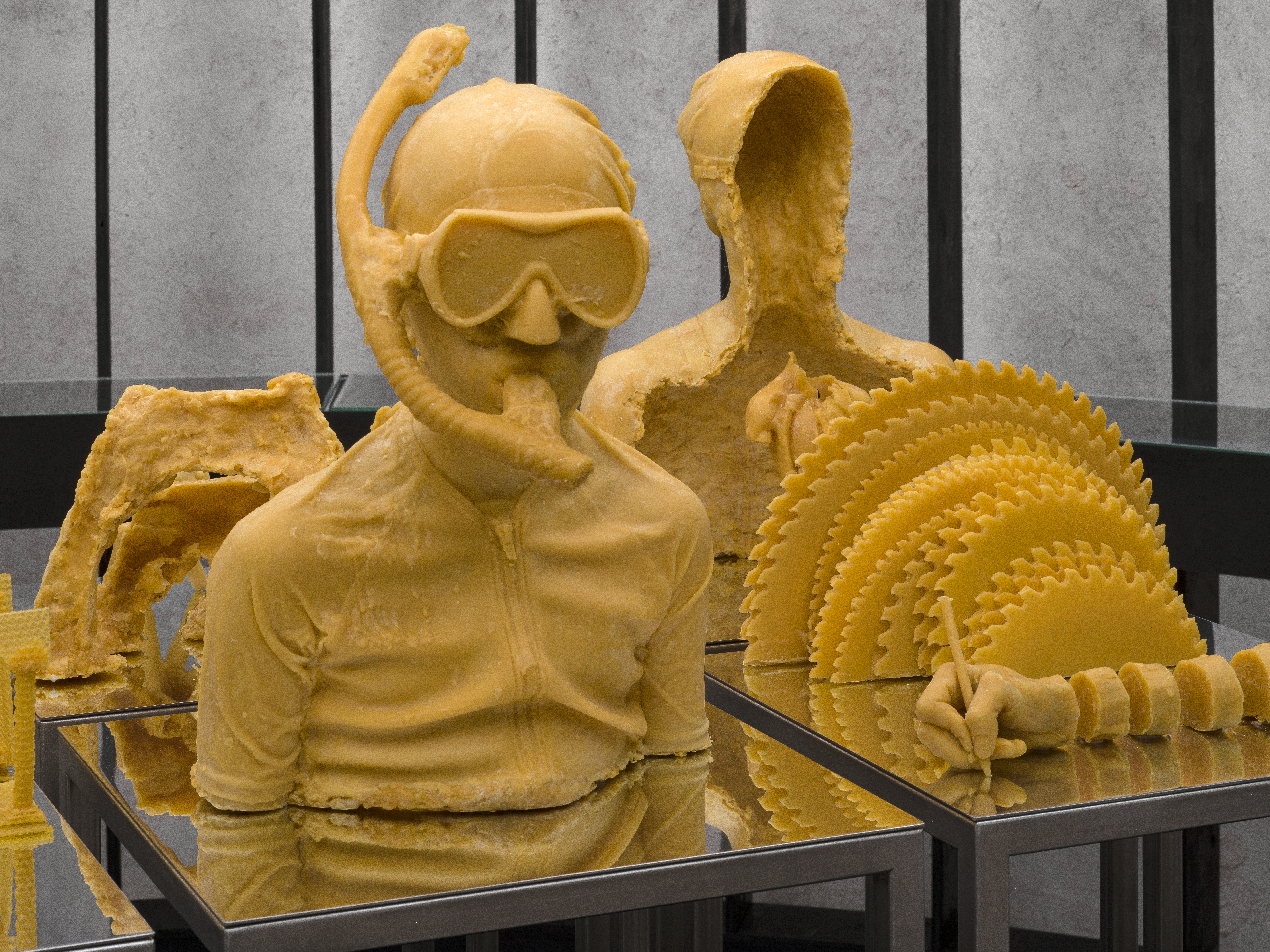
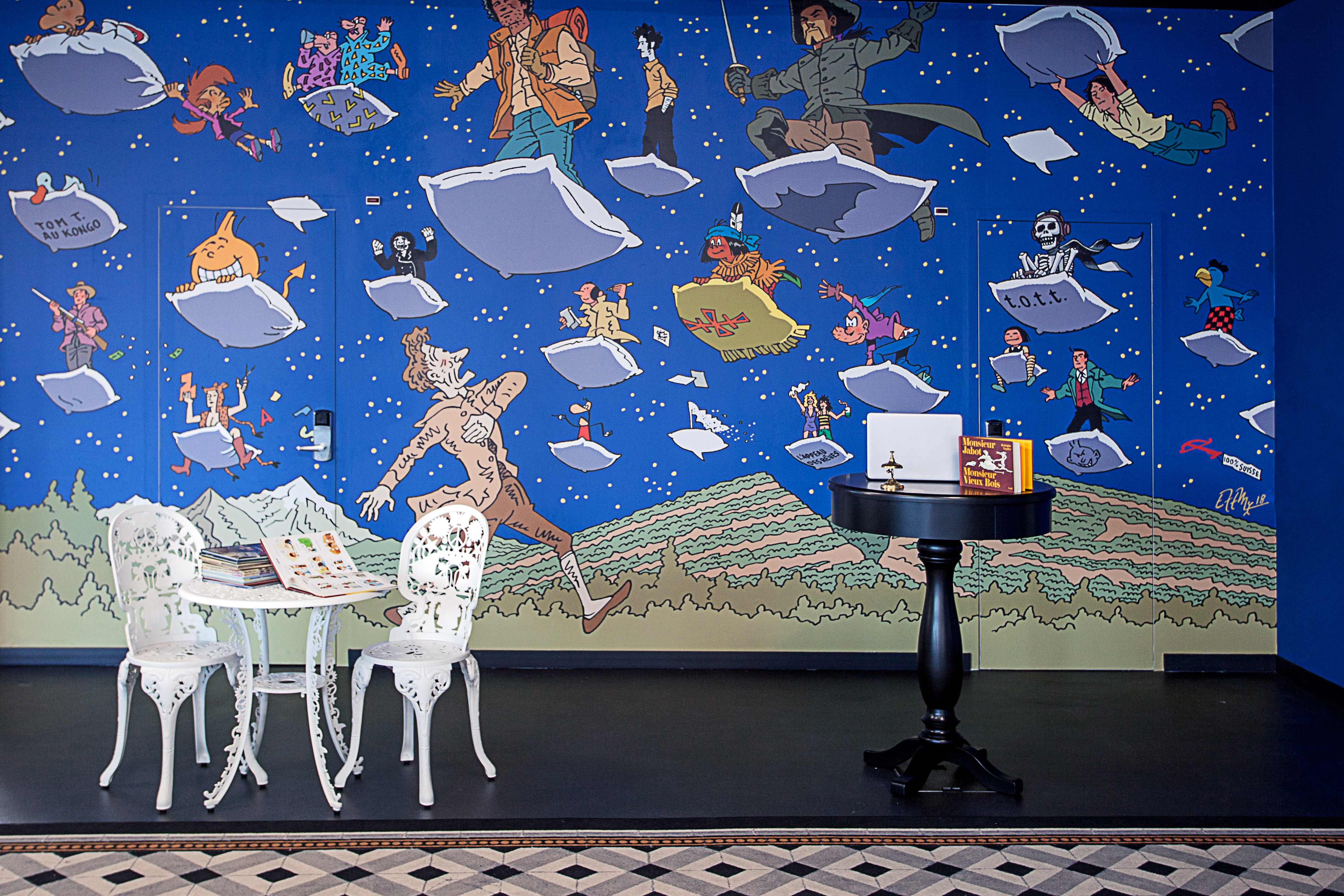






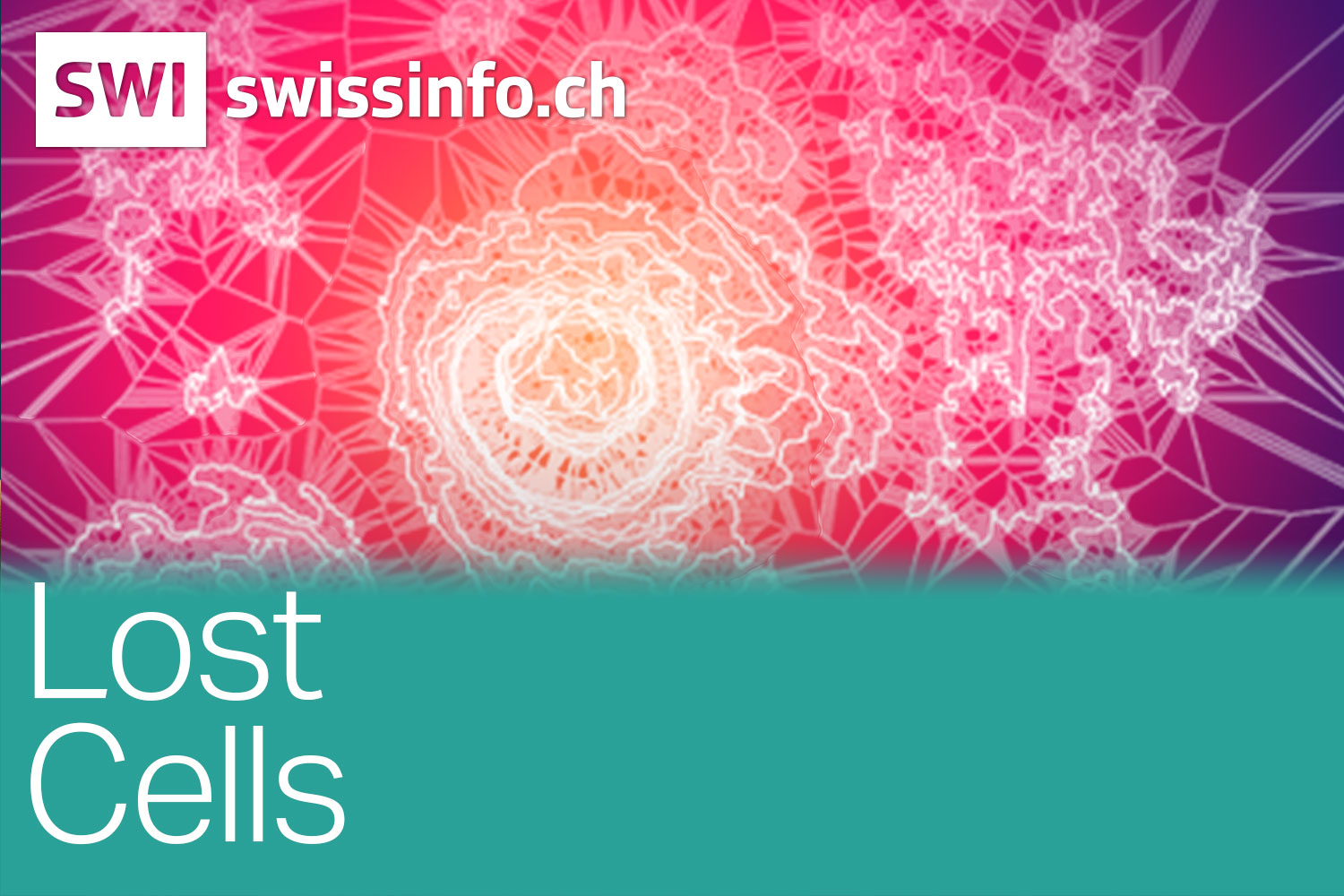





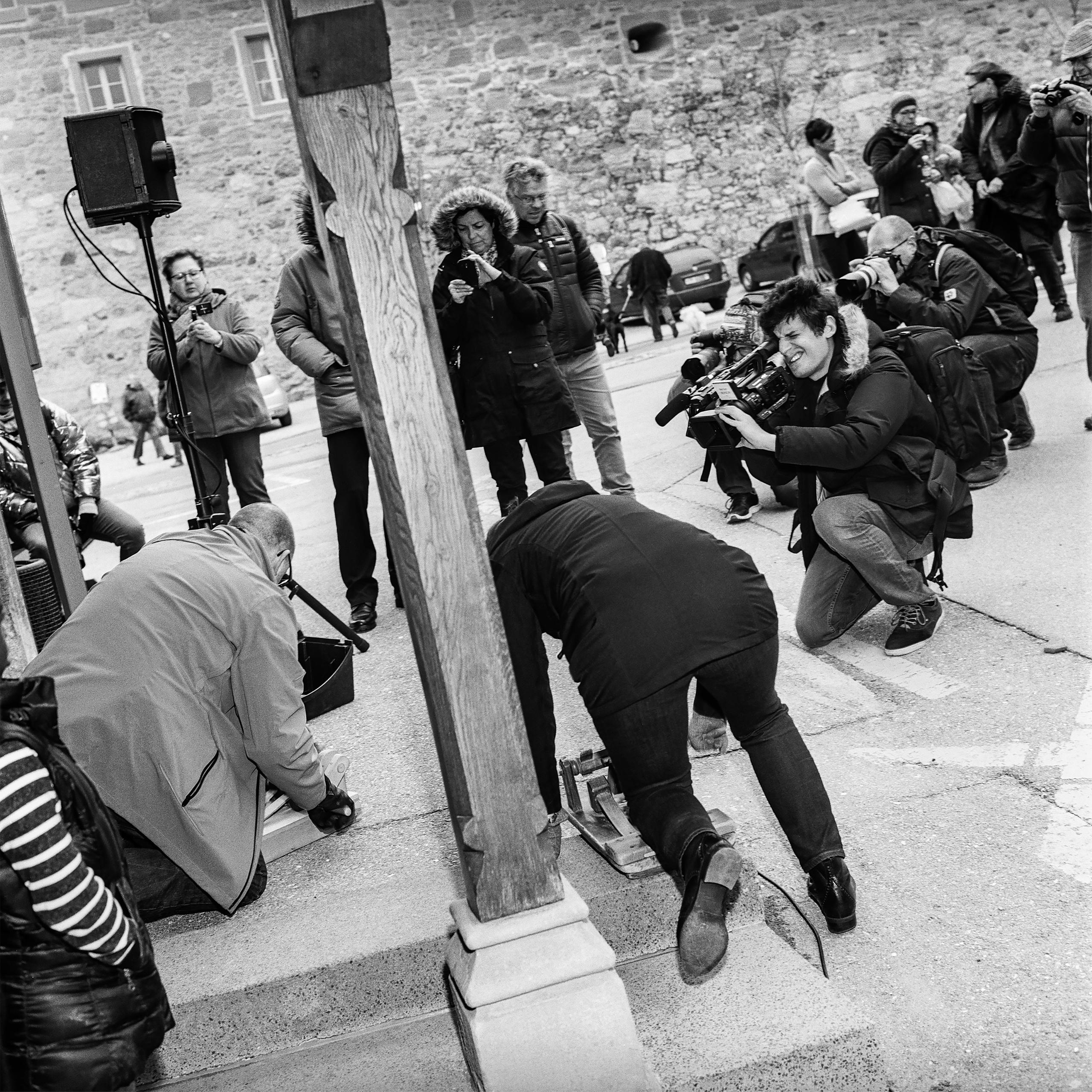


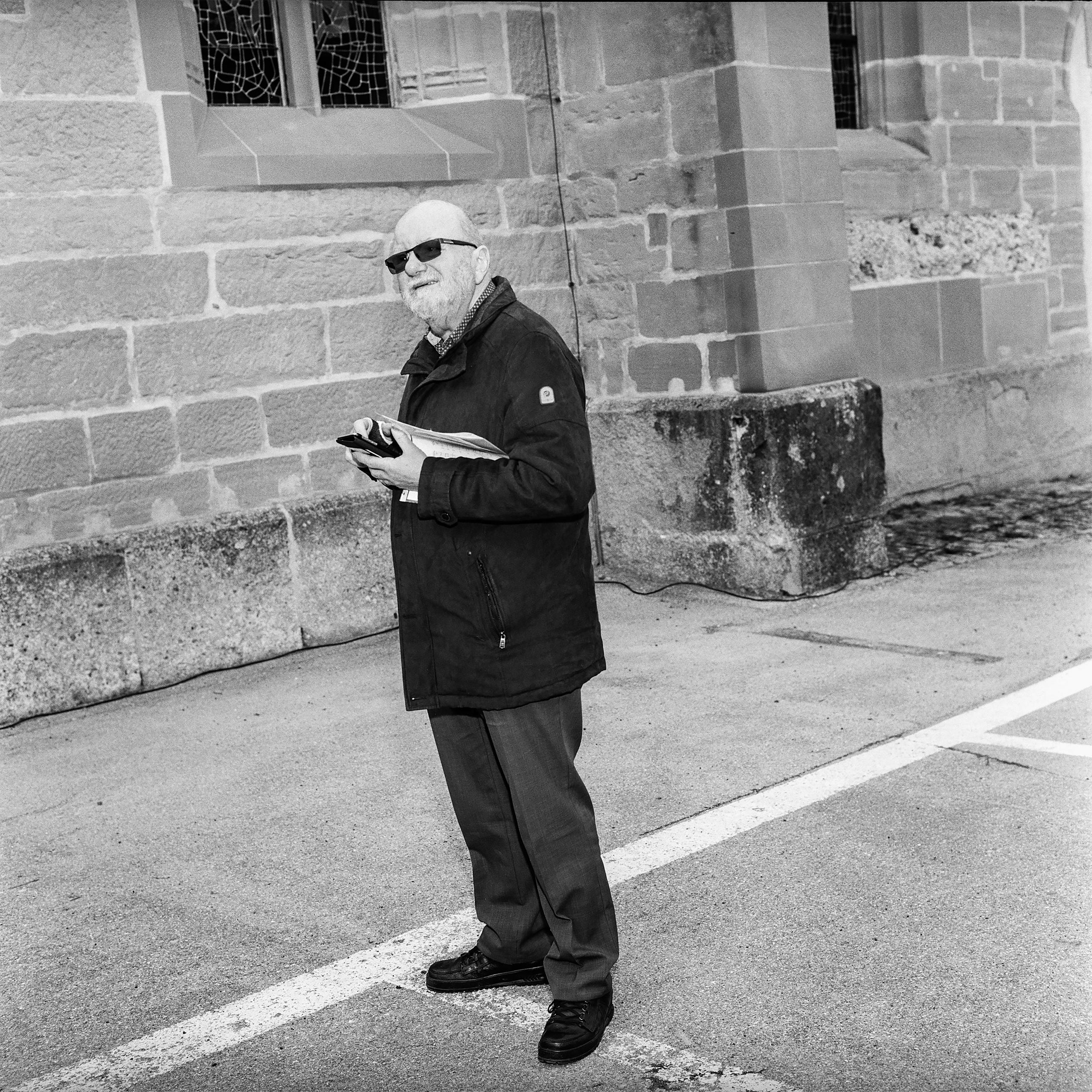
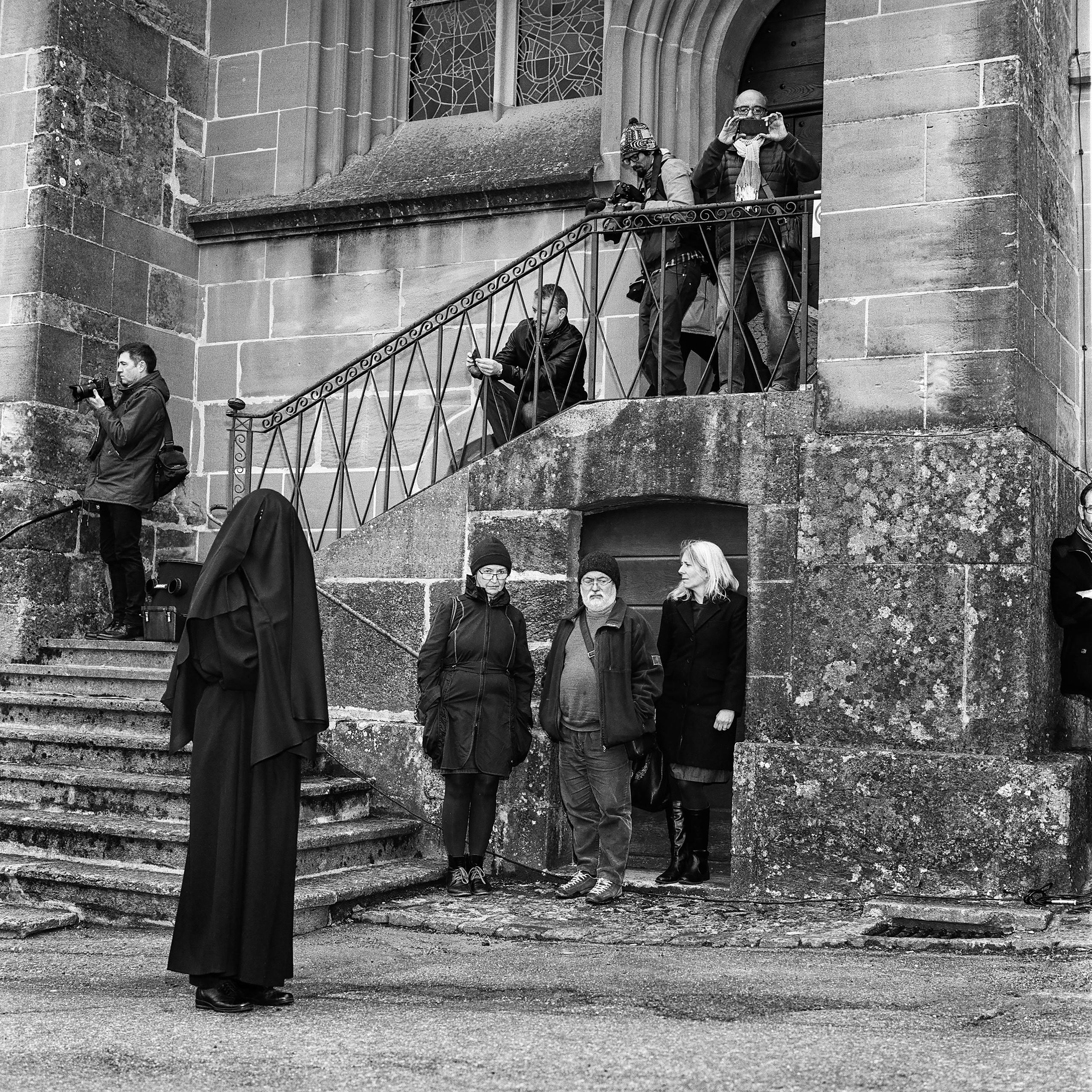


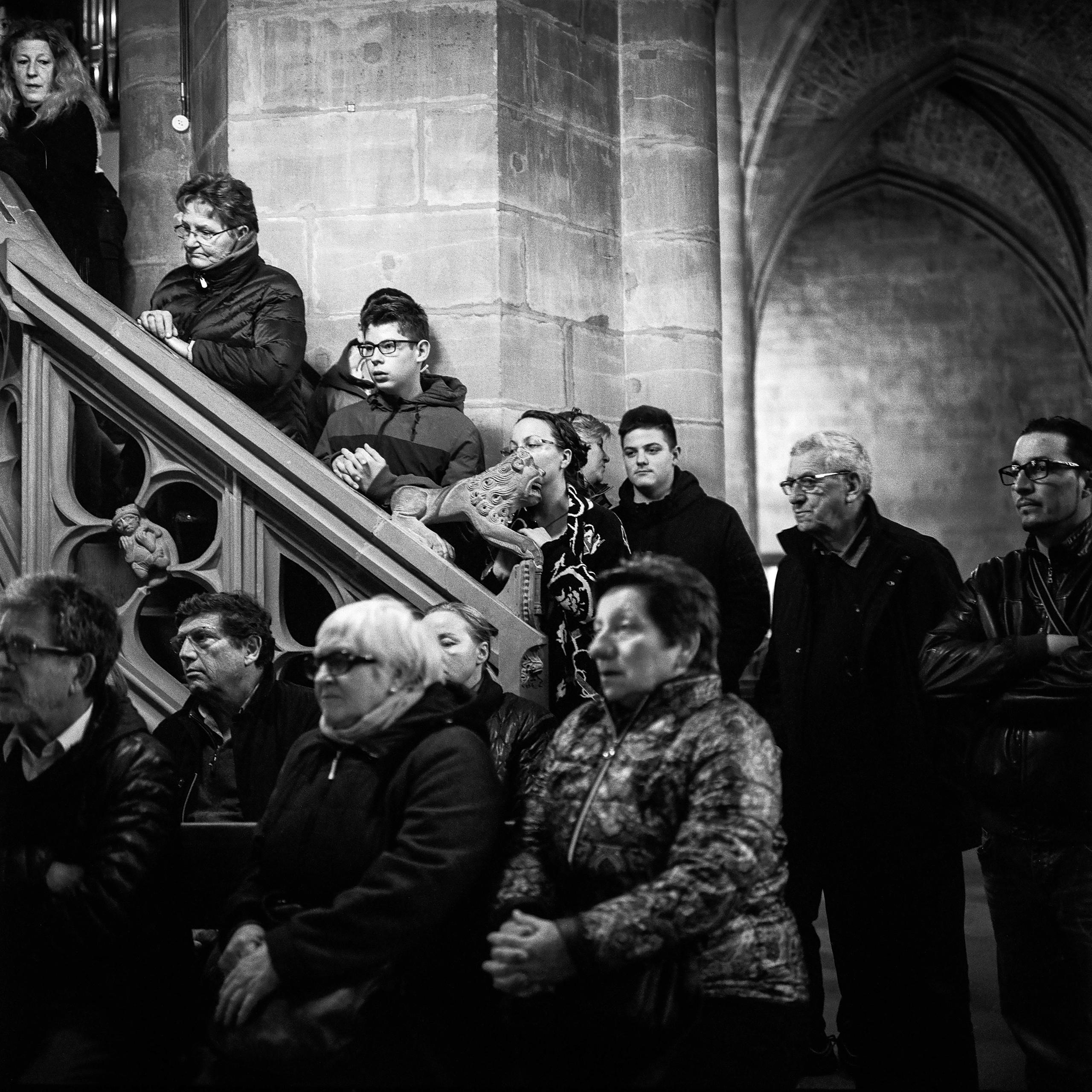
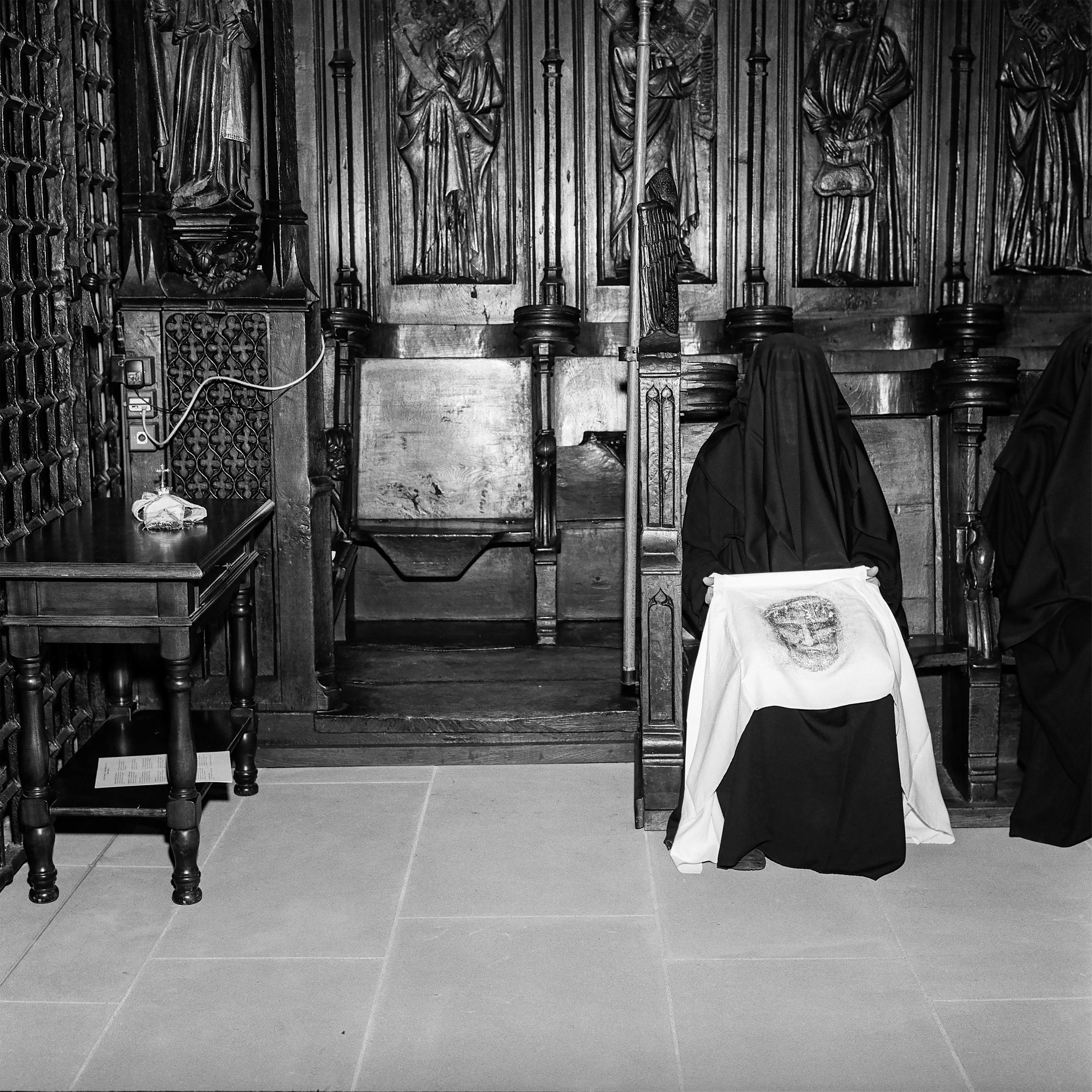




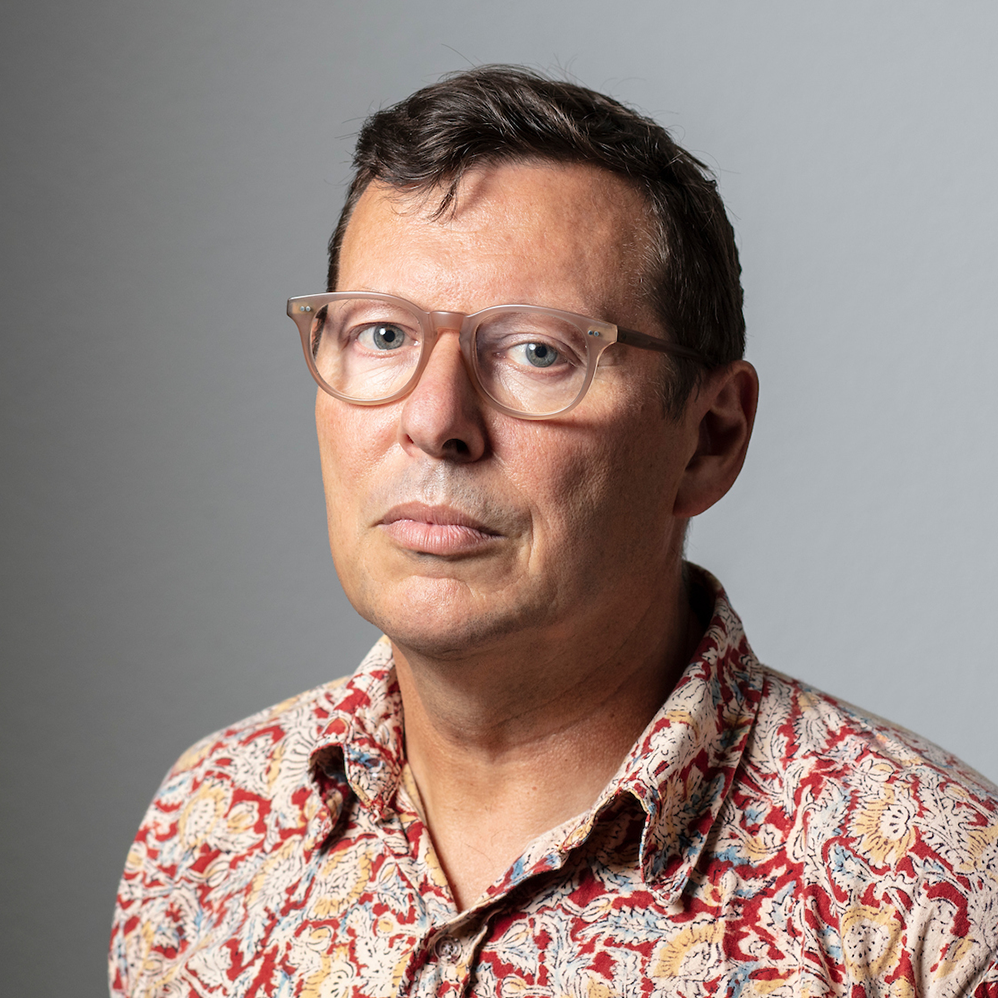
You can find an overview of ongoing debates with our journalists here . Please join us!
If you want to start a conversation about a topic raised in this article or want to report factual errors, email us at english@swissinfo.ch.